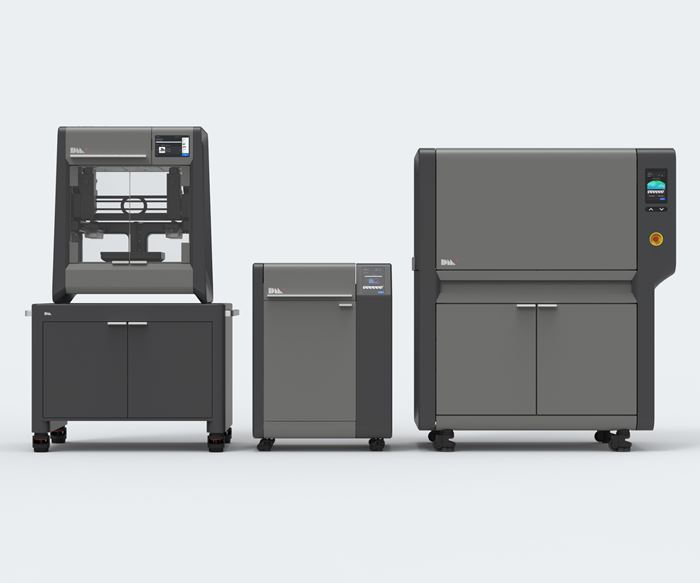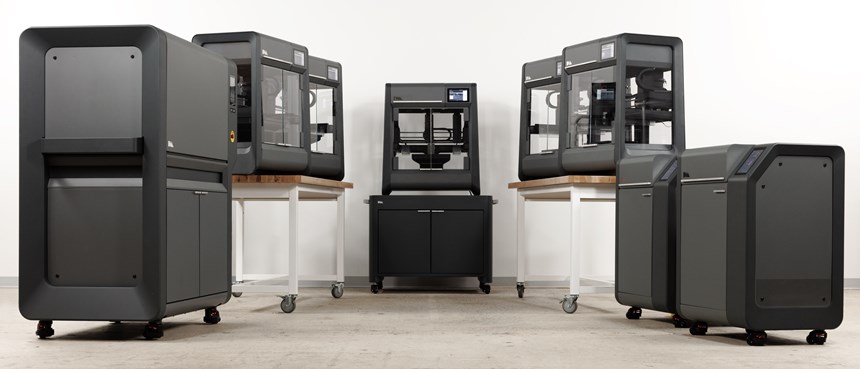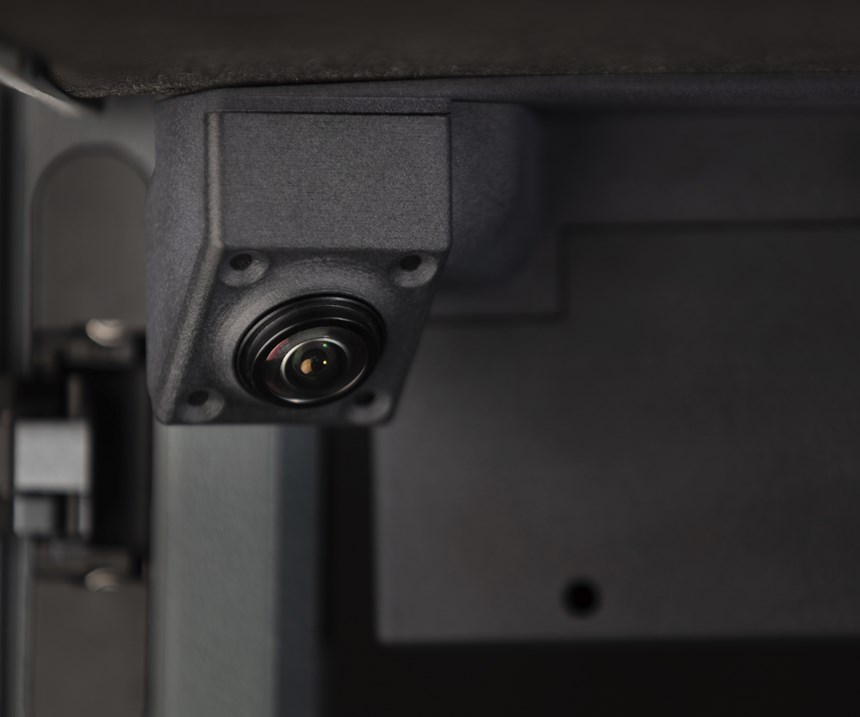Desktop Metal Introduces Studio System+ and Studio Fleet
The company's metal 3D printing technology has received updates and is now available in a custom configuration with debinder and furnace units.
Desktop Metal has introduced the Studio System+, an advanced metal 3D printing system combining the features of the original Studio System with greater functionality to print small metal parts with higher resolution.
The original Studio System is a three-part solution including printer, debinder and furnace that uses Desktop Metal’s cloud-based software to manage the workflow for printing metal parts. The Studio System+ incorporates new print capabilities as well as hardware updates for increased throughput.
A new swappable high-resolution printhead with supporting software profiles allows for smaller parts with finer features and an improved surface finish. This creates opportunities for new geometries and applications with the ability to print parts similar to those produced with metal injection molding (MIM)—parts featuring sintered voxels as small as 240 microns in XY by 45 microns in Z, the company says. The system can produce parts for consumer electronics, medical devices and automotive applications. Additional features include an in-chamber build plate camera to capture a live stream video of the part as it prints for progress monitoring and software updates for mold lock prevention, part positioning and fleet management.
New stackable shelving increases the part capacity of the debinder and furnace for greater throughput. A retort box design increases thermal uniformity, resulting in higher-quality parts. The system now features the option to connect to external gas tanks or a house gas line, which reduces the cost of consumables and results in lower cost-per-part.
The company has also introduced the Studio Fleet, a custom configurable solution designed for low- to medium-volume production. Studio Fleet leverages Studio System+ technology for the rapid production of high-quality, complex metal parts. Desktop Metal says the solution will enable on-demand metal 3D printing for accessible, scalable manufacturing that is adaptable to diverse business need, part requirements, production volumes and cost constraints.
At launch, the Studio Fleet is available in two configurations: 3:1:1 consists of three printers, one debinder and one furnace, while 5:2:1 leverages five printers, 2 debinders and 1 furnace.
“Since the introduction of our original Studio System, we’ve worked closely with hundreds of customers across major industries—aerospace, automotive, consumer electronics, cosmetics, and more—to identify key applications and their requirements to incorporate metal additive manufacturing into the design process,” says Ric Fulop, CEO and Co-founder of Desktop Metal. “This research continues to inform our product development, and we are excited to release an enhanced version of the world’s first office-friendly metal 3D printing solution that will help customers more effectively meet those needs.”
Related Content
-
DMG MORI: Build Plate “Pucks” Cut Postprocessing Time by 80%
For spinal implants and other small 3D printed parts made through laser powder bed fusion, separate clampable units resting within the build plate provide for easy transfer to a CNC lathe.
-
3D Printed NASA Thrust Chamber Assembly Combines Two Metal Processes: The Cool Parts Show #71
Laser powder bed fusion and directed energy deposition combine for an integrated multimetal rocket propulsion system that will save cost and time for NASA. The Cool Parts Show visits NASA’s Marshall Space Flight Center.
-
AM 101: What Is Binder Jetting? (Includes Video)
Binder jetting requires no support structures, is accurate and repeatable, and is said to eliminate dimensional distortion problems common in some high-heat 3D technologies. Here is a look at how binder jetting works and its benefits for additive manufacturing.

















